Tatuaje was born when the two met. Johnson stated a wise goal to Pepin. To paraphrase, “Cuban cigars are the wheel. I don’t want to reinvent the wheel, I want to recreate it as closely as possible.” For a time, Tatuaje cigars were by far the closest thing to real Habanos in terms of style, but also a highly respectable thing unto themselves.
However, with Pepin’s business taking off (thanks also to contract work from Padilla and some retail stores), the Miami factory was bumping up against maximum capacity. Not to mention the fact that Miami labor is much more expensive compared with Central America. So, in 2006, Pepin set up Tabacalera Cubana S. A. in Nicaragua.
One of the first cigars to come out of the new factory was the Tatuaje Havana VI, a lower-cost and lighter-bodied alternative to the brown band Tat. It remains one of our favorite smokes. But the real news came a year later when Tatuaje announced the first in what would become a long line of limited edition releases. The Verocu series were an amped-up Havana VI with darker Café Rosado wrappers and a stouter tobacco blend. It would come in two versions: this one, sold only on the west coast, and a fat robusto called the Verocu No.2 Zona del Este for the east. Only 1,000 cabinets of 50 were to be released at $500 each—fairly big money at the time. (Later production is said to have bands reading West Coast and East coast instead of the Spanish language equivalents.)
At the time, these were big, bold, ballsy cigars. Construction quality wasn’t quite the equal of Pepin’s Miami factory, though still very good. The burn on these could also be a little ragged, though a period of dry boxing prior to smoking did help somewhat. Overall, much as we liked them then, we were happy to lay them down for a period of significant aging.
Here we are in 2015, and what a difference nearly eight years makes.
Well, there's the overwhelming flavor of Nicaraguan tobacco: woody, earthy, peppery. There's also some charry hickory in there. When overheated, they take on a soapy quality that, unless you like the taste of soap, is not welcome. Unfortunately, even after dry boxing some of our samples for a week, these required frequent touch-ups, bringing out that soapy quality each time. We can't overstate the burn problem; it's serious. By the end of our samples we were holding the cigar equivalent of lumps of charcoal.
Sadly, this is not a cigar that has improved with age. Perhaps it is the result of teething problems between a relatively new manufacturer and a new factory. Or maybe there's just no reliable way to predict how a cigar will age. Anyway, if you have these, there's no reason to hold them any longer. And if you don't have any, they're not really worth tracking down.
If there's a lesson here, it's to periodically smoke what you're aging to assess its progress—or lack thereof. We didn't do that in this case, we just laid these down with high hopes of returning to them years later and finding gold. Oh well. Thankfully, just about every current production Tatuaje is pretty great so we'll just reach for one of those instead.
THE DETAILS6.5x52 Nicaragua W: Nicaragua B: Nicaragua F: Nicaragua $10 (2007) | THE HIGHLIGHTSStrikingly bold when young, these have mellowed substantially. Unfortunately, it's that now-missing "zip" that made them enjoyable. Awful burn. Worth smoking, but not worth hunting down. | THE VERDICTCLASSIC EXCELLENT VERY GOOD GOOD ---------------------- SMOKE/HOLD |
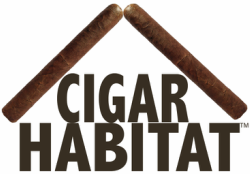
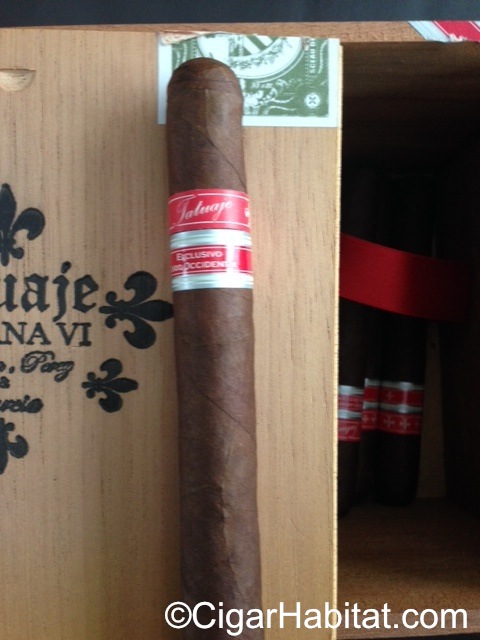
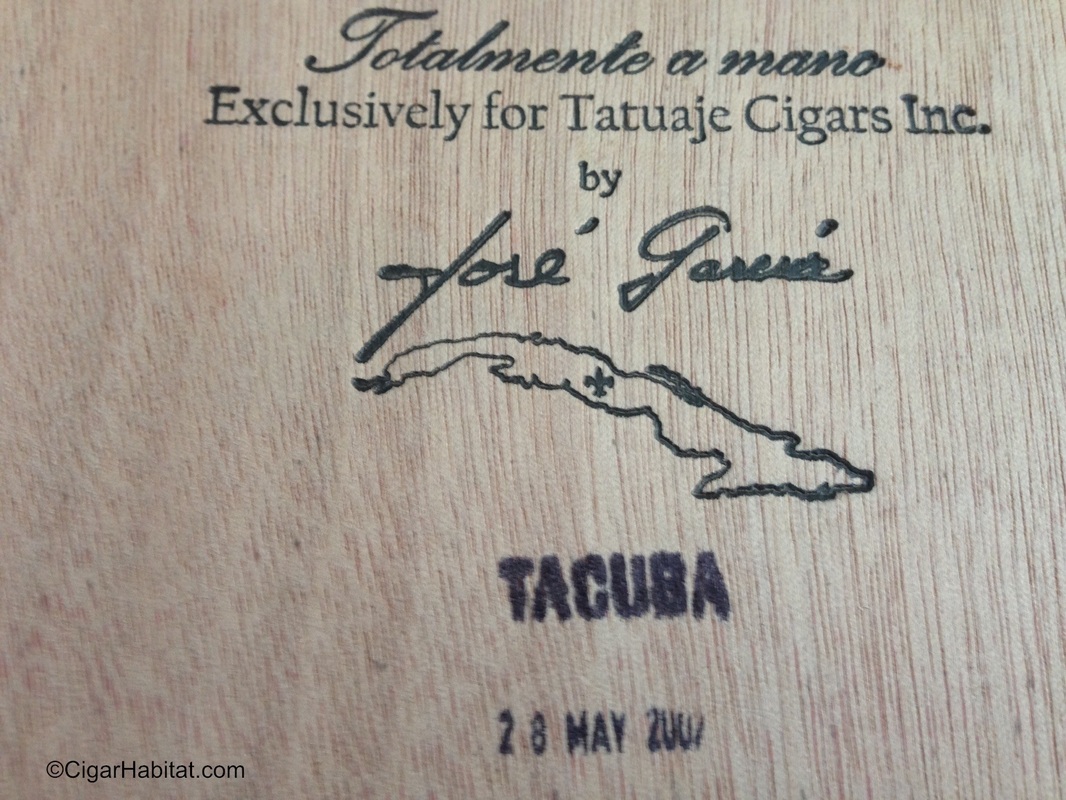
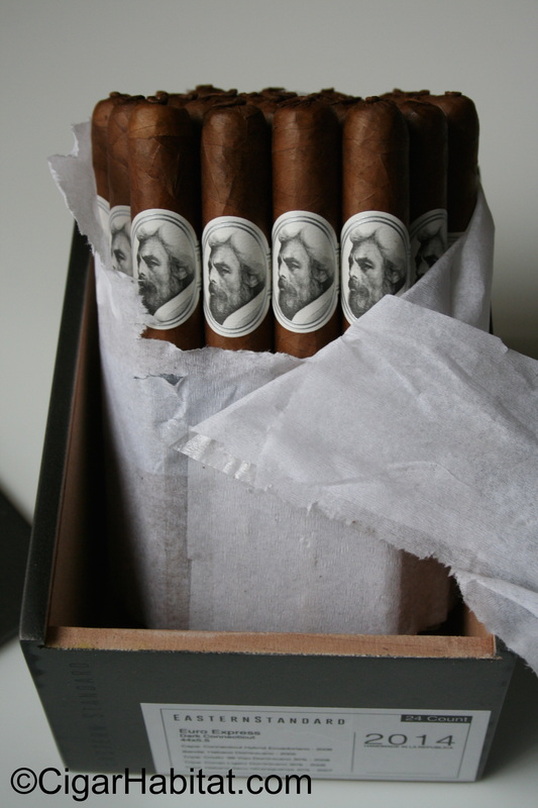
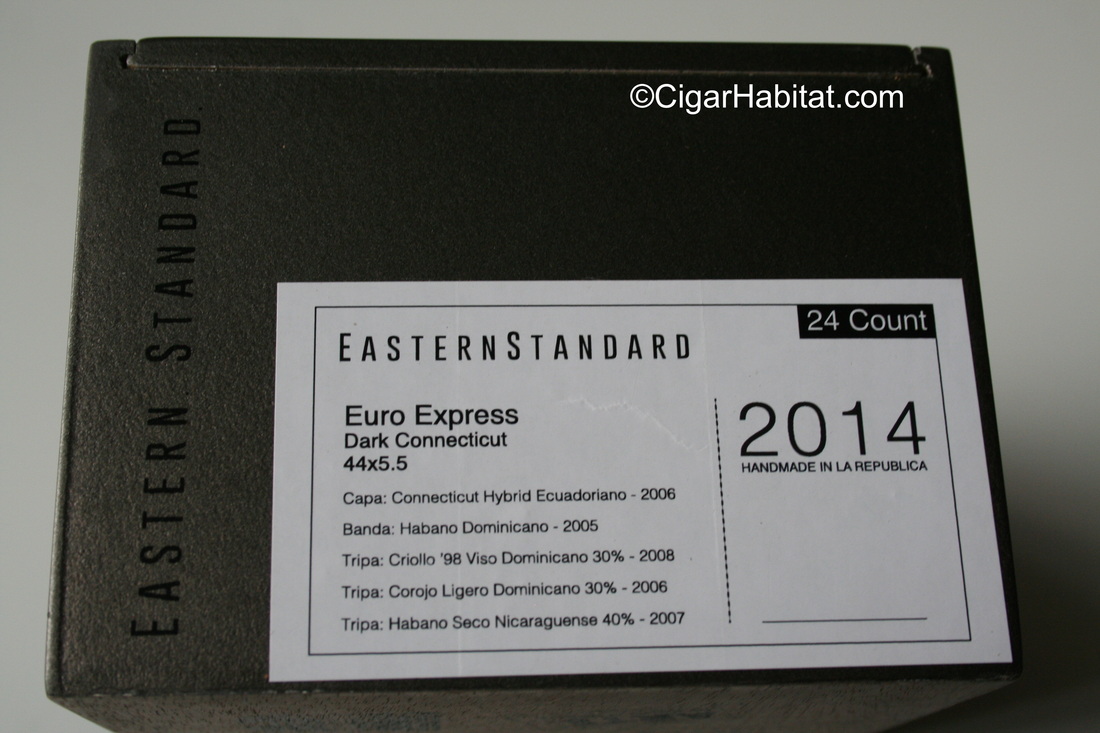
 RSS Feed
RSS Feed
